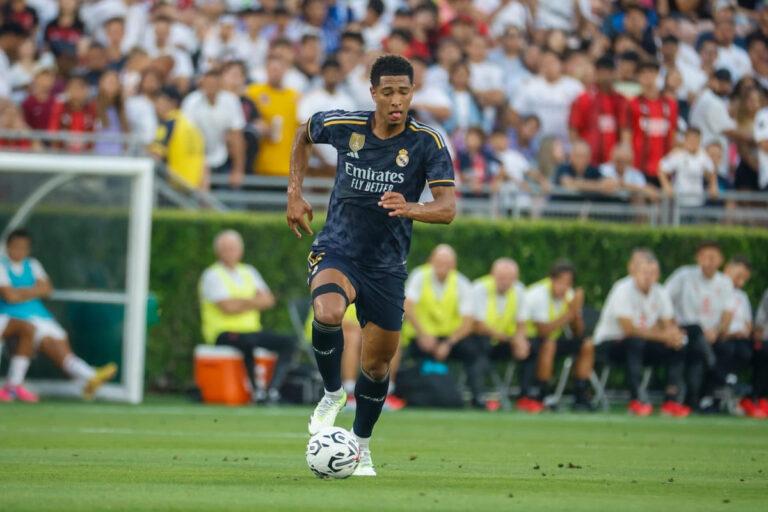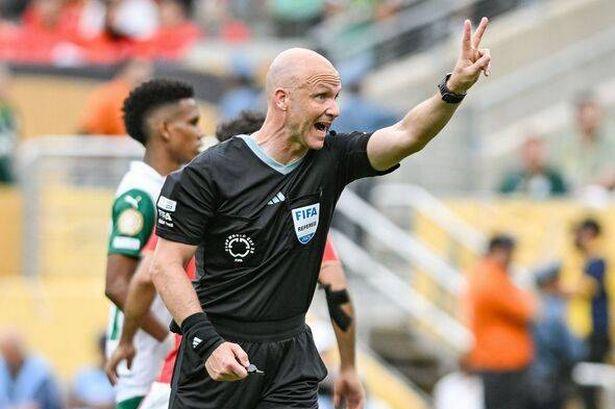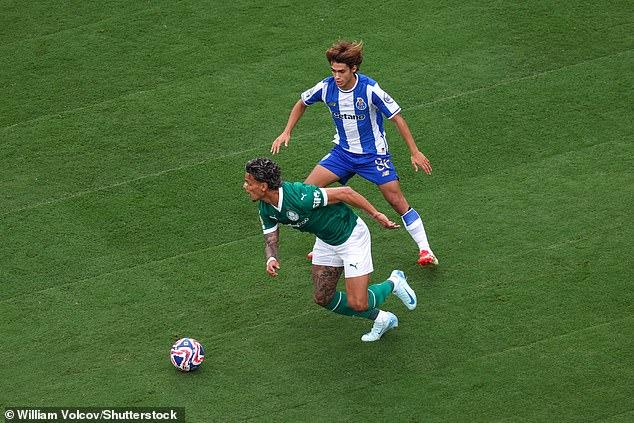In the world of elite football, where every blade of grass is meticulously curated and every inch of turf scrutinized, the condition of the pitch can make or break a team’s performance. Yet, even the grandest stages are not immune to criticism. Jude Bellingham, one of the sport’s brightest young talents, has recently voiced sharp disapproval over the quality of the pitches at the Club World Cup. His candid remarks shed light on an often-overlooked aspect of the game, prompting a broader conversation about the standards upheld in global tournaments. This article delves into Bellingham’s pointed critique and explores the ripple effects it could have on the future of pitch management in international football.
Bellingham Critiques Playing Surface Conditions Impacting Performance
Analyzing the Technical Flaws Behind the Club World Cup Pitch Challenges
Behind the frustrating gameplay that marred the Club World Cup lies a host of technical pitfalls largely overlooked before the tournament began. At the core, inadequate pitch preparation and maintenance failures created surfaces riddled with uneven patches, drastically affecting ball roll and player traction. The choice of natural grass over hybrid or synthetic turf, without sufficient recovery time between matches, compounded the issue. This led to deteriorated playing conditions as the tournament progressed, undermining the quality of football on display and increasing injury risks.
Several critical factors contributed to this decline, including:
- Poor irrigation scheduling that resulted in inconsistent moisture levels, making the pitch prone to hard and soft spots.
- Insufficient pitch aeration that prevented proper oxygen flow, weakening the grass roots and surface stability.
- High foot traffic without proper rest periods, accelerating turf wear and tear beyond manageable limits.
These technical shortcomings not only affected the aesthetics but directly influenced match dynamics and player performance, highlighting an urgent need for improved pitch management protocols in future tournaments.
Player Safety Concerns and the Urgent Need for Turf Improvements
The recent criticism from Jude Bellingham has shone a harsh light on the condition of Club World Cup pitches, raising grave questions about the commitment to player welfare in high-stakes tournaments. These subpar playing surfaces not only undermine the quality of the game but also pose significant risks of injury-from twisted ankles to severe ligament damage-forcing athletes to perform under hazardous conditions. The stakes have never been higher, as modern football demands lightning-quick agility and precise control, which can be fatally compromised by uneven, poorly maintained turf.
Addressing this urgent issue requires collaborative action and stringent standards to safeguard those who bring the sport to life. Key improvements should focus on:
- Regular, rigorous maintenance schedules to ensure consistent playing conditions,
- Investment in advanced turf technologies that mimic natural grass resilience, and
- Comprehensive safety audits before every match to preempt potential hazards.
Without these critical upgrades, the risk to players will escalate, threatening careers and casting a shadow over the integrity of prestigious competitions worldwide.
Strategic Recommendations for Enhancing Future Tournament Playing Fields
To revolutionize the quality and resilience of tournament playing fields, organizers must prioritize innovation and sustainable maintenance practices. Incorporating advanced agronomic techniques such as hybrid grass technology and enhanced soil aeration can drastically improve pitch durability under extreme conditions. Equally important is the integration of state-of-the-art drainage systems to combat waterlogging, ensuring consistent playability regardless of weather fluctuations. These investments will not only protect the turf’s integrity but also elevate athletes’ performance and safety on a global stage.
Key strategic actions include:
- Collaborating with agronomy experts to tailor pitch solutions specific to each host climate and tournament schedule.
- Allocating dedicated budgets for ongoing pitch monitoring and real-time adjustments throughout the competition.
- Implementing eco-friendly maintenance routines to balance performance with environmental responsibility.
- Utilizing data-driven predictive models to preemptively address wear zones and player impact areas.
As the final whistle blows on the heated debate surrounding the Club World Cup pitches, Bellingham’s candid critique leaves an indelible mark on the conversation. His words serve as a powerful reminder that the foundation of the beautiful game-its very playing surface-deserves the utmost care and respect. For football to truly flourish on the world stage, the priorities must shift toward ensuring conditions that honor the skill, passion, and dedication of every player. In shining a light on these shortcomings, Bellingham not only advocates for change but also champions the integrity of the sport itself. The ball is now in the organizers’ court-will they rise to the challenge?






